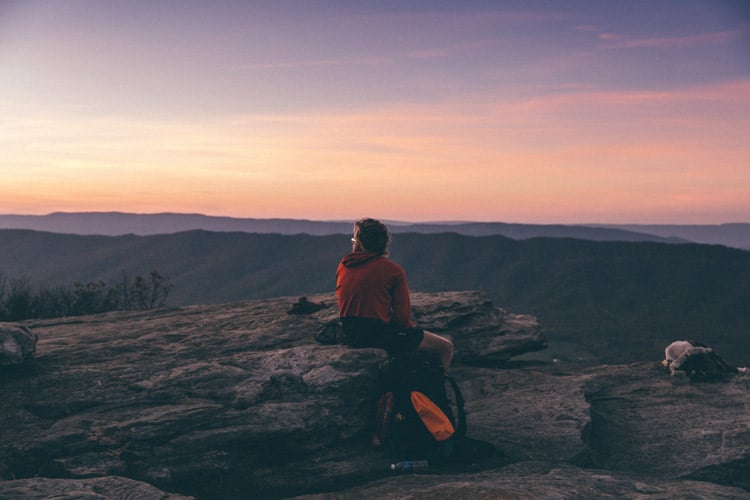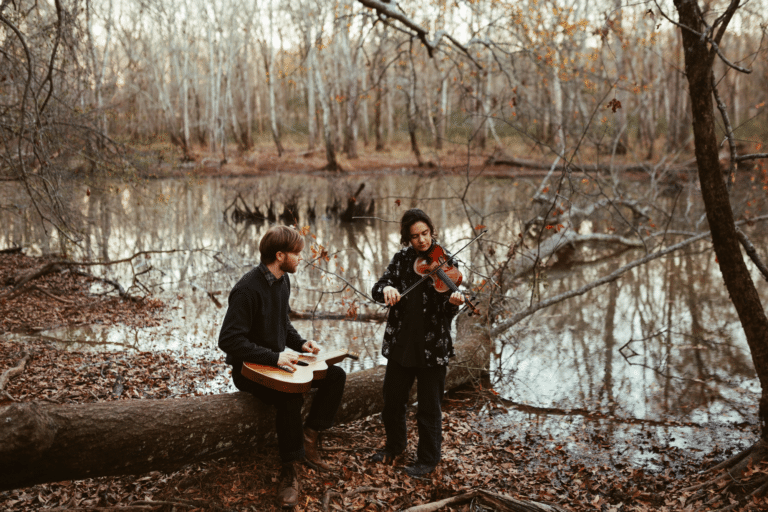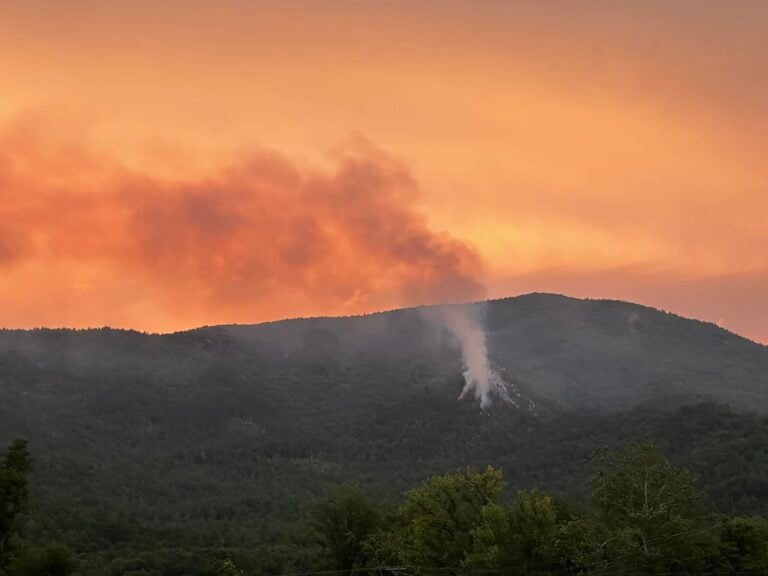Is Social Media Spoiling the Best Outdoor Secrets?
Scrolling through my Instagram feed, it seems as though every other photo is taken at the top of a mountain or at a scenic overlook. I won’t deny it: a hiker myself, I have posted mountaintop photos on more than one occasion.
One of the most photographed viewpoints on the Appalachian Trail, McAfee Knob sees upwards of 90,000 visitors every year. The McAfee Knob hashtag has been used more than 14,000 times on Instagram, and thousands of other users have marked their trip with the geolocation feature.
Places like McAfee Knob were popular before Instagram or Twitter were around. But around 2010, usage of the trail took off exponentially, according to Kathryn Herndon-Powell, the education and outreach coordinator for the Appalachian Trail Conservancy’s regional office in Virginia.
The Roanoke Appalachian Trail Club is responsible for maintaining 120 miles of the A.T., including McAfee Knob.
“It’s kind of crazy the amount of their resources that have to go towards that four miles, which only represents three percent of their section but takes up about a third of their volunteer time and trail maintenance,” Herndon-Powell said.
Data collected by the regional office found that volunteers for the McAfee Knob Task Force have removed more than 1,600 gallons of trash and dismantled 187 illegal fire rings since the group was formed in 2015.
That same year, the Leave No Trace Center declared the trail a Hot Spot, citing an increase in trash, erosion, graffiti and other damages along the trail. In conjunction with the Appalachian Trail Conservancy and Roanoke Appalachian Trail Club, volunteers held workshops to educate visitors on how to help maintain the trail, practice Leave No Trace practices, and minimize their impact. The team returned in 2017 to strengthen education efforts on the trail.
“McAfee Knob always gets a lot of publicity and attention,” Herndon-Powell said. “It gets plastered all over tourism marketing materials, and people are always getting proposed to up there. It’s great, but this place is in danger of being loved to death. Everyone should get the chance to visit McAfee Knob, but maybe you want to go on a Tuesday.”
Places such as Jackson Hole, Wy. have gone as far as creating ad campaigns asking visitors to refrain from geotagging their exact locations while in town. Instead, the tourism board created a generic location for Instagram and Facebook that says, “Tag Responsibly, Keep Jackson Hole Wild.”
Vasu Sojitra, a professional skier and adaptive sports director at Eagle Mount Bozeman, said this campaign and the geotagging debate at large ignores the real issue. Instead, it highlights a sense of elitism that public lands are reserved for the few, not all.
“The outdoor rec industry is massive, and it’s getting marketed heavily,” he said. “No matter what, people are going to go outside, whether these folks that are against geotagging like it or not.”
Sojitra and others believe that it is too late to control social media. It has already woven its way into our daily lives. Besides, who are we to police how people are sharing their stories from the outdoors online? Outdoor enthusiasts should be showing off the vistas and the beauty that make Appalachia a celebrated tourism and recreation destination, especially as a region whose economy relied on resource-extractive industries for a long time.
The geotagging debate also largely overlooks the indigenous communities whose land we enjoy. Sojitra regularly tags the ancestral lands on which he is skiing or hiking when posting to Instagram.
“We take a lot from our outdoors but never give back,” he said. “How can we change that paradigm so it’s a two-way process?”
In the spring of 2018, the Leave No Trace Center released new social media guidelines for outdoor enthusiasts posting about their adventures.
“Our stance has never been to not geotag, just geotag thoughtfully,” said Ben Lawhon, the center’s education director. “Leave No Trace is not black and white, right and wrong. It’s a framework for making good decisions about enjoying the outdoors responsibly. We’re not the hiking police. We don’t tell people what to do. We give people suggestions for how to enjoy the outdoors in a way that leaves it as good or better than when they found it.”
While a lot of discussion about social media’s role in the outdoors seems to be focused on the particular issue of geotagging photos, there are a lot of ways to protect and conserve these wild places in a way that does not exclude marginalized communities by restricting access to the privileged few.
“We value social media as a great tool for reaching a lot of people,” Lawhon said. “The most important thing is how we use it.”
The question often comes down to why you’re sharing the photo in the first place. If you don’t want other people to find out about these places, why are you posting photos of them online where thousands of people could potentially see it?
Social media has also can serve as an amplifying voice for people all too often left out of the pages of magazines and advertising campaigns. It’s a platform to help rewrite the outdoor narrative and reach a whole community of new adventurers. Groups like Melanin Base Camp, Native Women’s Wilderness, and Brown Folks Fishing started on Instagram to connect and uplift communities in the outdoors.
Other Instagram accounts like Unethical Outdoors and YouDidNotSleepThere challenge viewers to examine their social media behavior. They point out brands and influencers whose photos show unethical and sometimes illegal behavior. They engage with those users to promote responsible behavior when outside and posting online.
Social media can enrich the outdoor experience and connect
more people with these places. Instead of discouraging people from visiting these places we love, we should be encouraging them to visit responsibly.
SOCIAL MEDIA GUIDELINES
FOR THE OUTDOORS
1. Think about how you can use your platform, whether you are a brand, an influencer, or someone just posting to share with friends, to educate your followers on important issues facing the environment and the outdoor industry.
2. Post information about the difficulty of the hike, things to look out for along the trail so future visitors can be prepared.
3. Help connect your followers with resources and organizations for a better and safer outdoor experience. Follow any national park or public lands account for tips on how to navigate the protected spaces responsibly.
4. Give back some of your own time to maintaining the trails, rivers, and outdoor spaces that you enjoy so that future generations can experience them as well.








